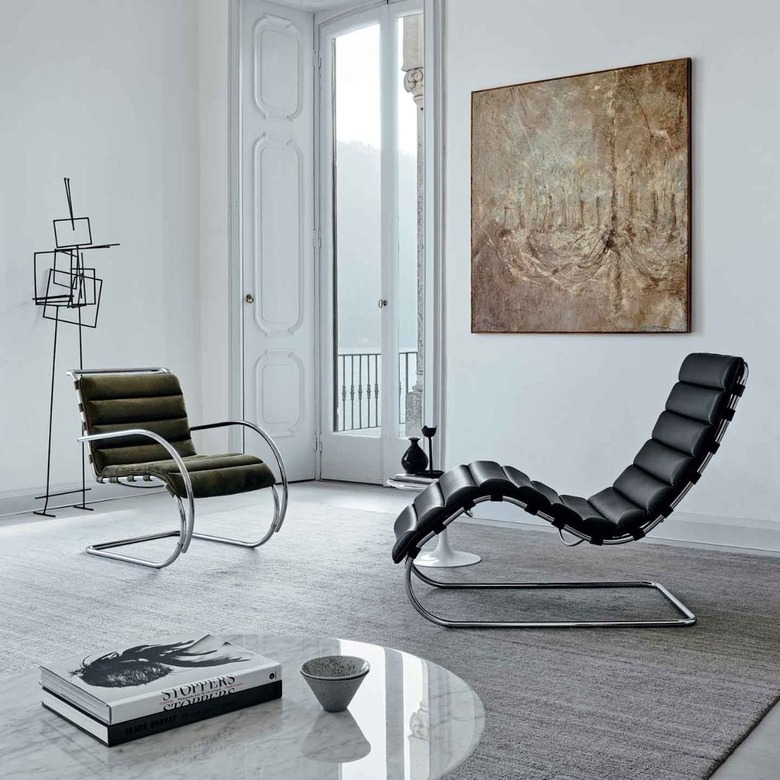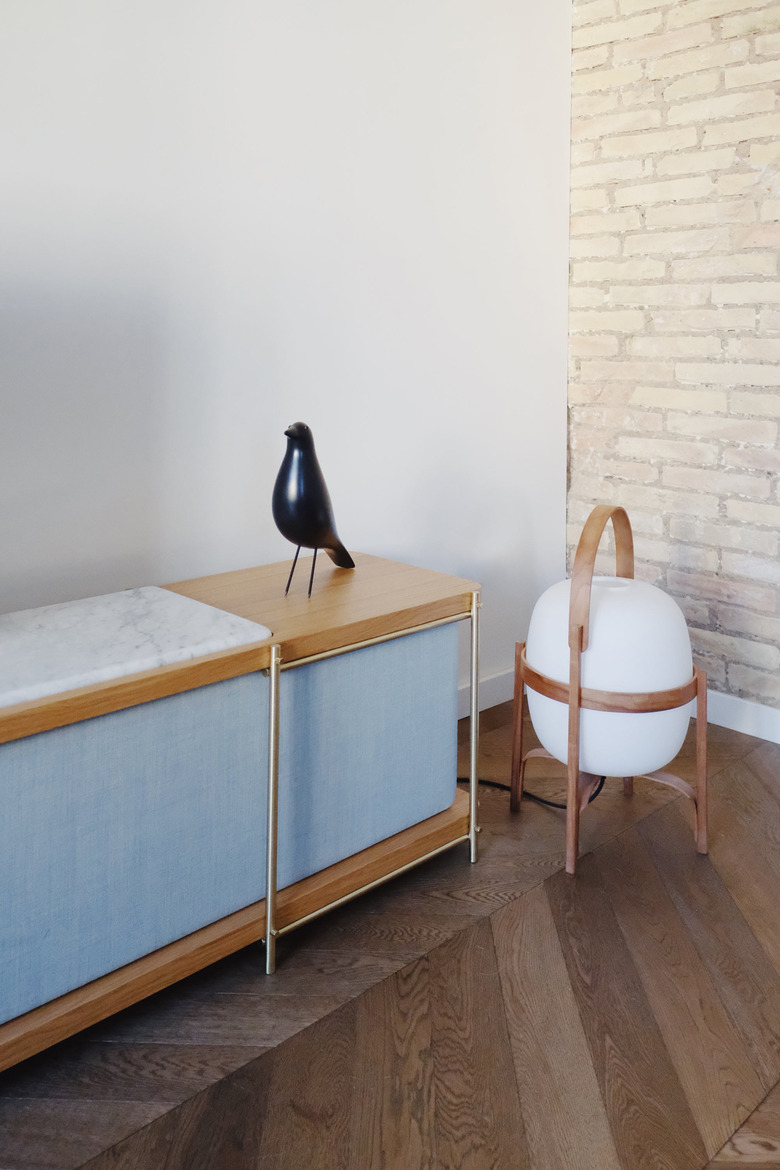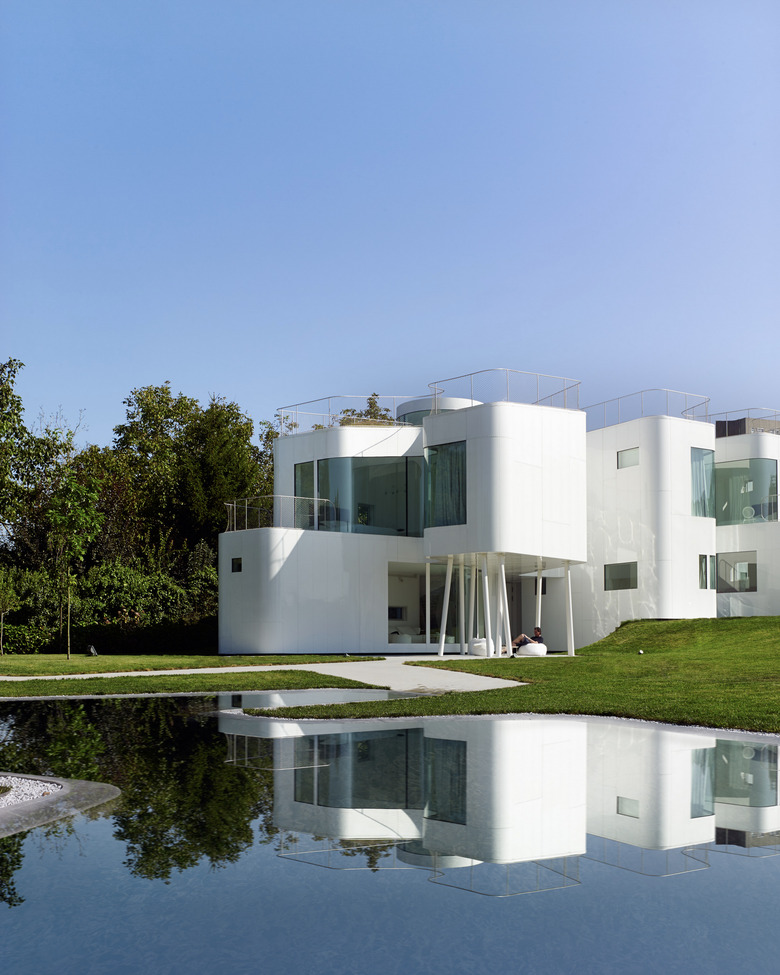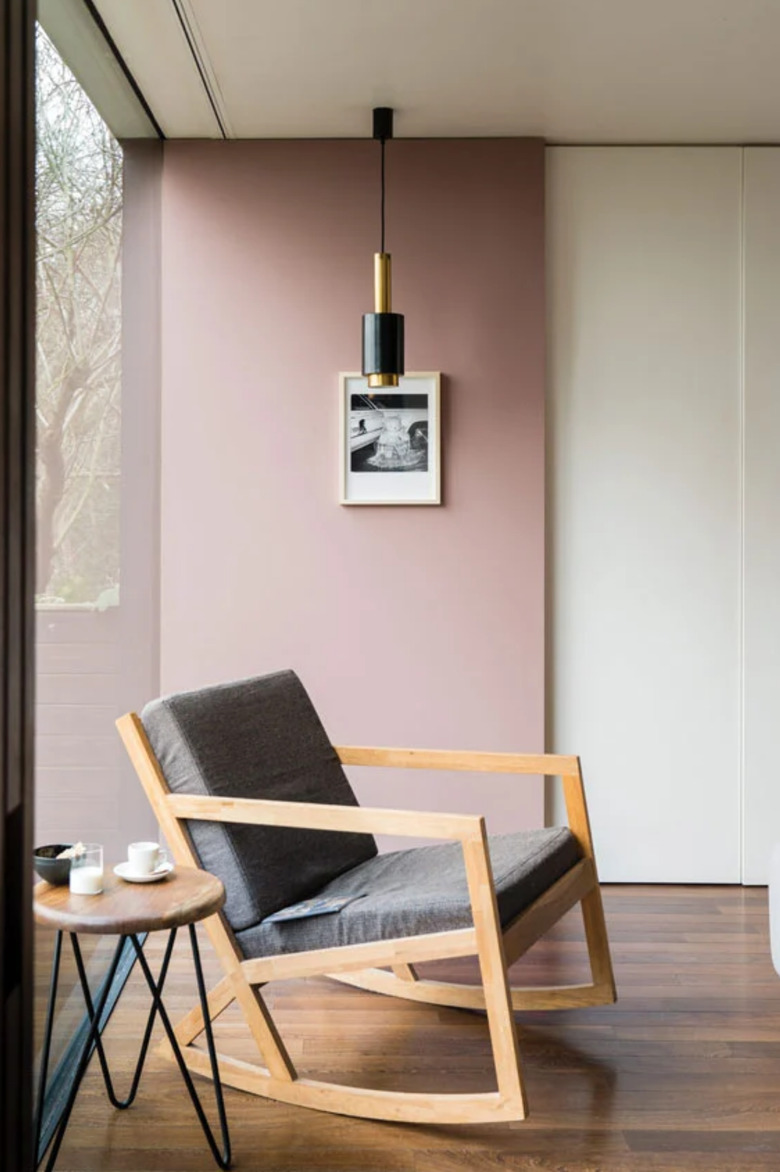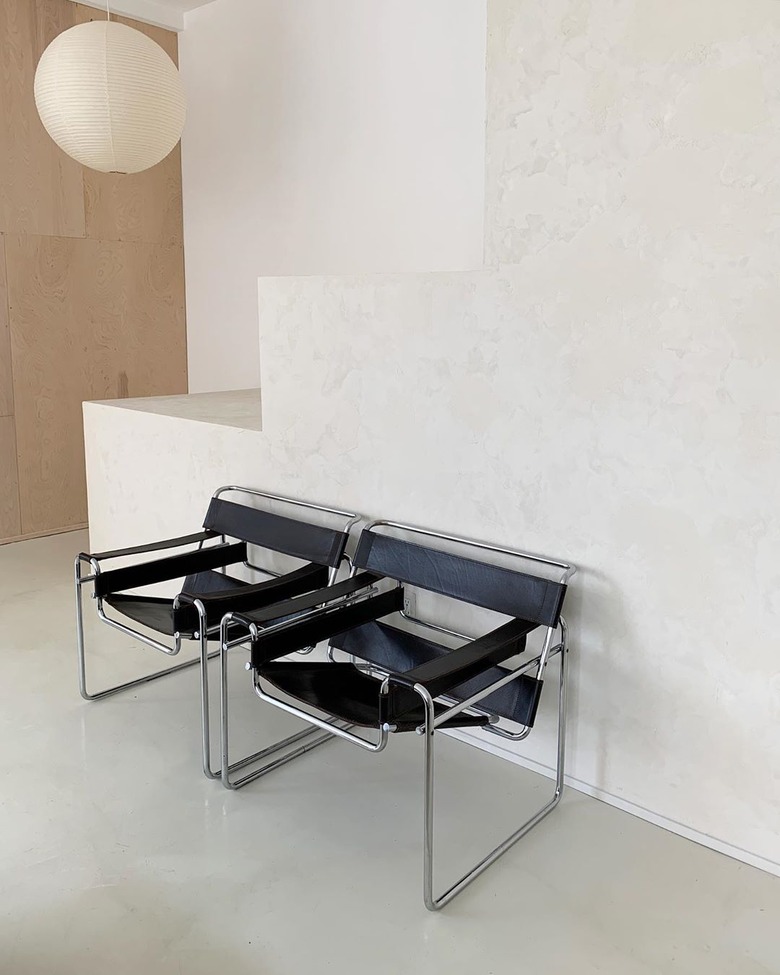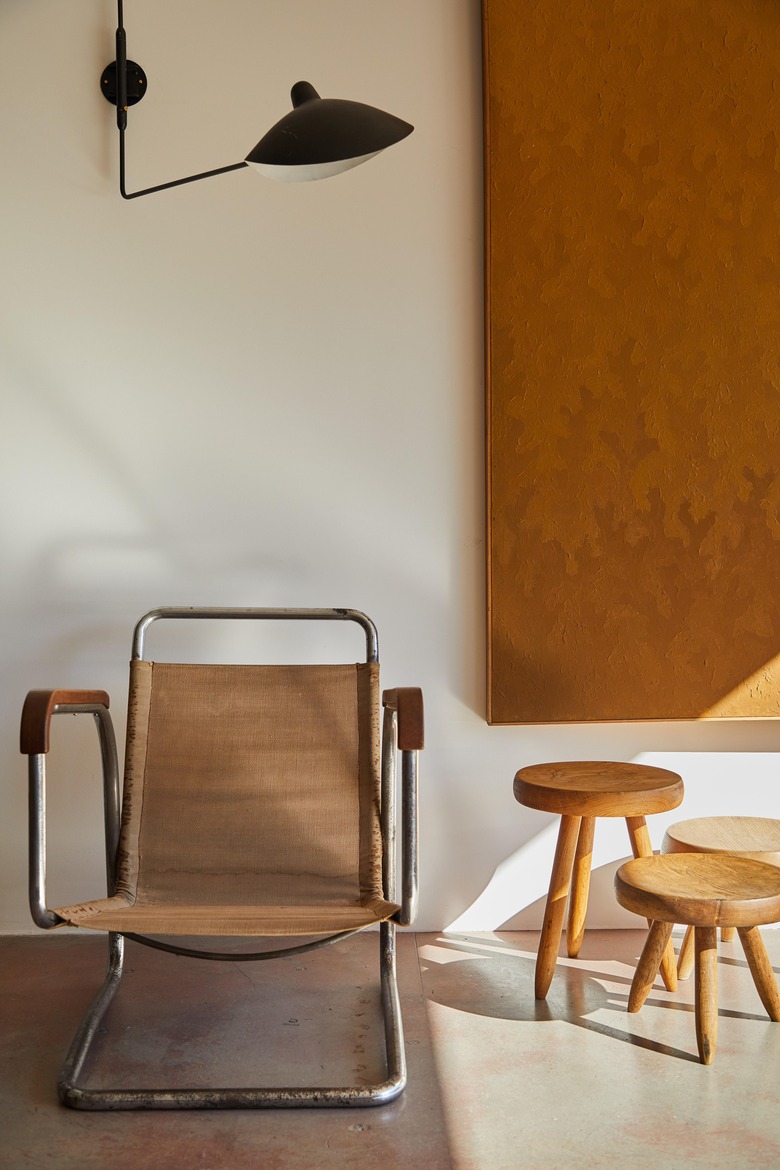Bauhaus Style Ideas And Inspiration
We may receive a commission on purchases made from links.
Before minimalism, before midcentury, and right around the same time as art deco, there was a style that was innovative, modern, and sleek: Bauhaus style. It's a design approach rooted in history and still remains relevant today.
The founder of the movement, Walter Gropius, adhered to architect Louis Sullivan's famous words, "form ever follows function." What does this mean exactly? We'll take you through the characteristics and origins of Bauhaus style so you can learn about the classic design approach that was started over 100 years ago.
A Brief History of Bauhaus Style
A Brief History of Bauhaus Style
In the Victorian era (1837 – 1901), the in-vogue style was overelaborate to say the least. Between the flowery parlors stuffed with decor, the dark wood finishes, and the heady jewel tones, it was a style fit for a royal — it's no wonder that the aesthetic was inspired by Queen Victoria.
Then, something happened in the early 20th century. Design seemed to turn on a dime and became streamlined, practical, and pared-down. Architects like Frank Lloyd Wright, who pioneered Prairie style, instead embraced linear touches and a call for natural materials. Progressive art movements like cubism, surrealism, and expressionism emerged.
These modern approaches to art and architecture created an atmosphere ideal for the birth of a new design style. In 1919, German architect Walter Gropius started a school that was considered by many to be quite avant-garde at the time. He broke away from the pack of other World War I-era architects to create a modern, mass-produced movement, which had its beginnings at his Bauhaus school.
Translated as "building house" or "construction house," Gropius led the charge as he taught architecture students to design buildings for the future, as well textiles and metalwork. Coupling the arts and crafts movement championed by Wright with modernism, the structures emphasized function above all else, with form quickly following behind. Gropius saw his movement as a way to mass-produce buildings for everyday people (through straightforward design concepts and natural, unaltered materials) while exposing them to art.
The school quickly gained fame but met an untimely demise when Hitler's government closed it in 1933. Opposing the Nazis, Gropius quietly left Germany for England, then Italy, and in 1937, he reached Cambridge, Massachusetts, where he became the head of the architecture department at Harvard University. Bauhaus style then began to influence architecture in the United States.
Aspects of the iconic aesthetic eventually lent themselves to what would later become the midcentury modern movement, which roughly started in the mid-1930s.
Focus on Architecture
Focus on Architecture
The original Bauhaus school building, with its unaltered materials like reinforced concrete and brick, flat roofs, and copious windows, emulates the characteristics shared by classic Bauhaus architecture. These structures, whether they're public buildings or residences, are made with concrete and glass, often have roofs that can be walked on, and invite a welcome dose of natural sunlight.
Other features of Bauhaus structures include a dedication to plain elements that can be mass-produced easily, streamlined visuals, and geometric motifs.
Bauhaus Colors
Bauhaus Colors
While Bauhaus style exteriors tend toward the most neutral of neutrals — whites, blacks, and grays, naturally showcased through concrete and metal accents — artwork and interiors can be a different story.
Works of Bauhaus art oftentimes show off primary colors, like blues, reds, and yellows. In fact, color theory was at the core of the Bauhaus school's curriculum. The instructors and students explored the concepts of light and dark, equalization, and opacity and transparency in different mediums, including weaving colorful textiles.
Bauhaus interiors have often incorporated primary colors within its walls, but equally, unexpected hues like pinks and silvers have been witnessed as well. For example, although Walter Gropius himself wasn't big on color, Wassily Kandinsky, an instructor at the Bauhaus school and an artist, used color in his own home, ranging from pink to cyan to green.
Bauhaus Furniture and Decor
Bauhaus Furniture and Decor
Sleek, modern styling can also be seen in Bauhaus style furniture. A lack of ornamentation is replaced with modernist sensibility at its most uncomplicated. Steel, leather, canvas, plywood, glass, and plastic have been used to create Bauhaus furniture, spotlighting geometric forms and linear craftsmanship. At times, in the spirit of pared-down design, the chairs may not even have arms.
These same principles carry over to Bauhaus style decor. Lighting is smooth and contemporary, often displaying curves and lines. Geometric artwork covers the walls. There's a general modernist feel throughout, something that feels au courant, and yet, it began over 100 years ago. Bauhaus style has an uncanny ability to seem fresh and new and its timelessness crosses the centuries.
Best Places to Shop for Bauhaus Decor
Best Places to Shop for Bauhaus Decor
If a minimalist, modern approach sounds perfect to you, here's where to shop for Bauhaus style decor.
